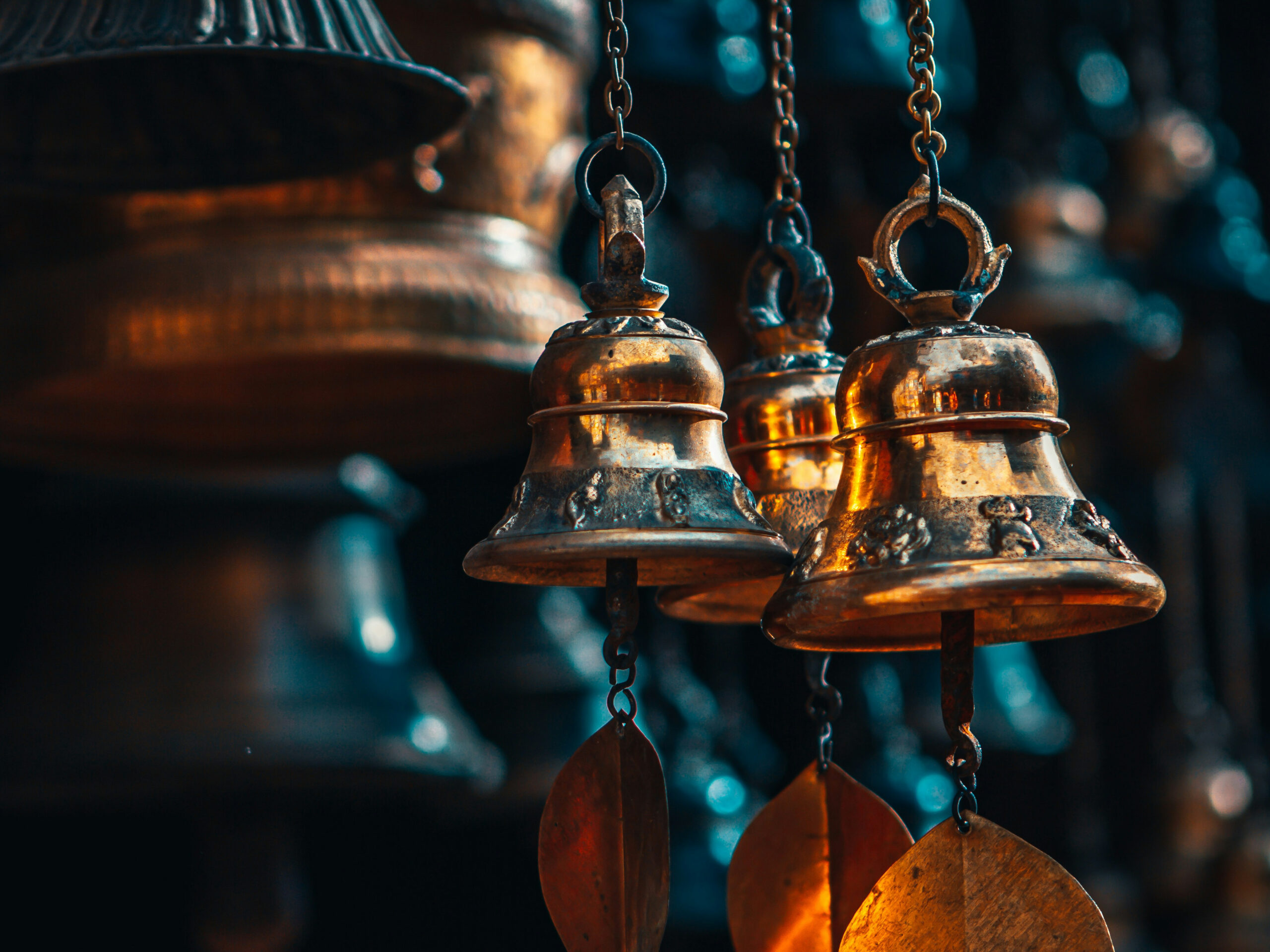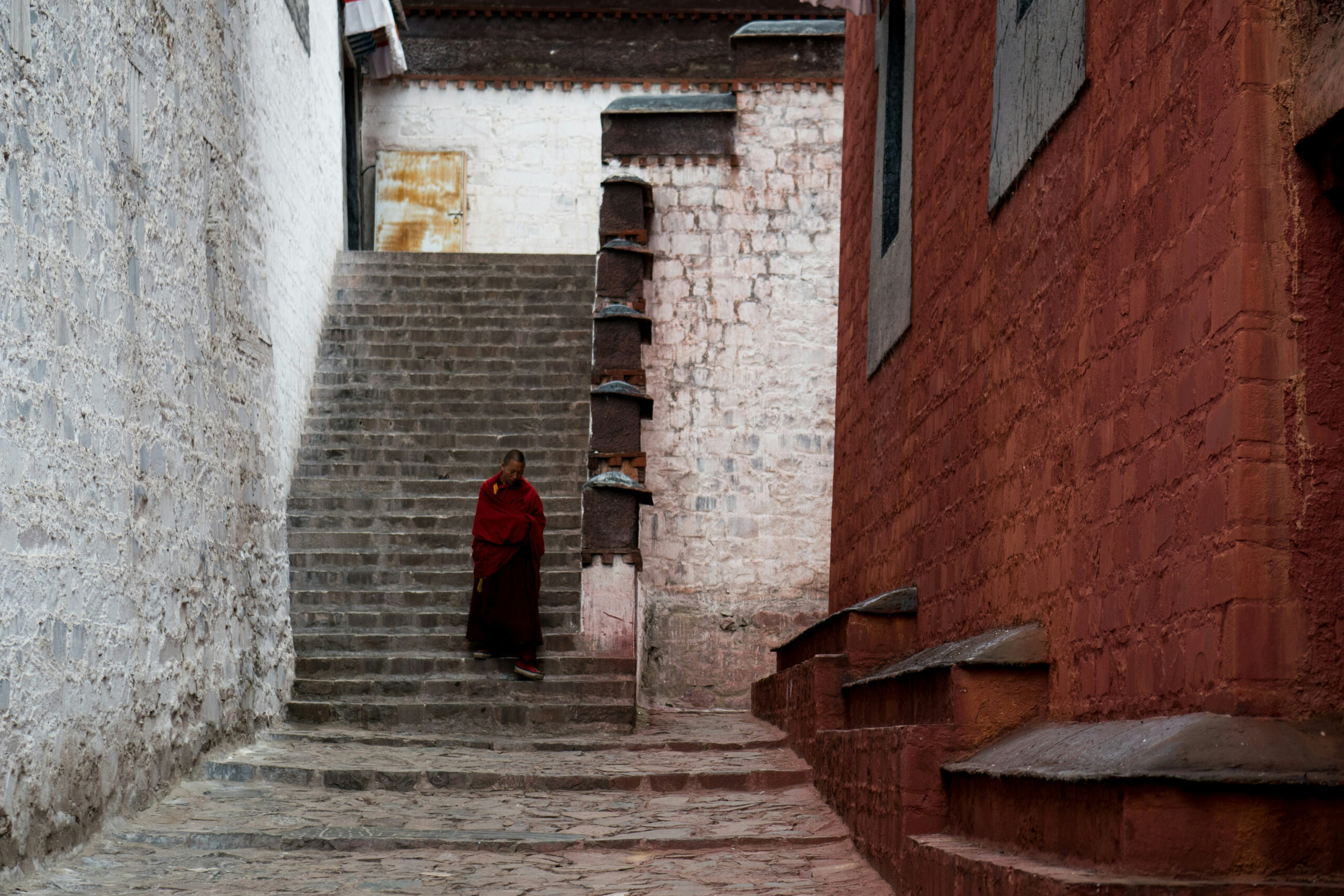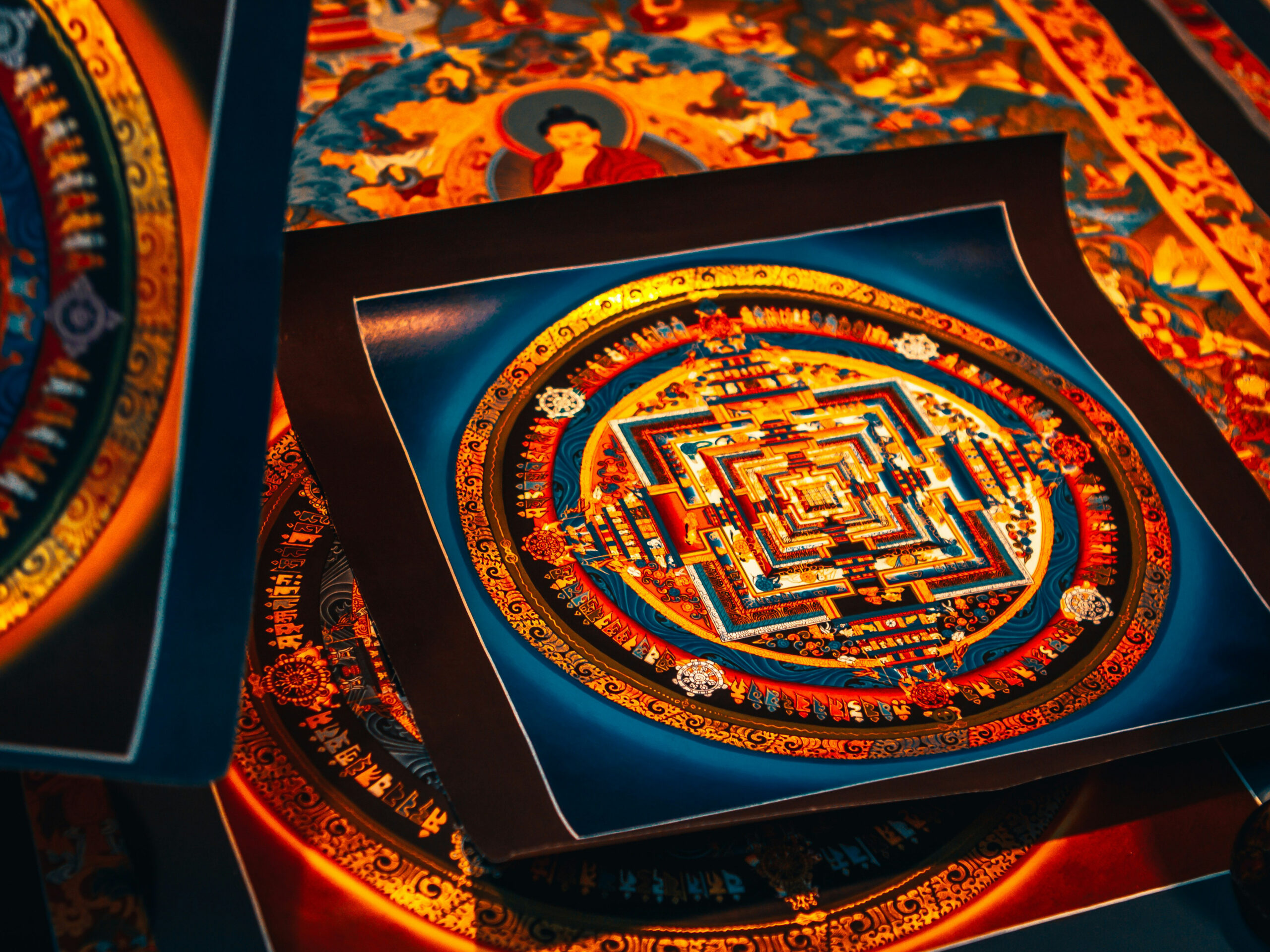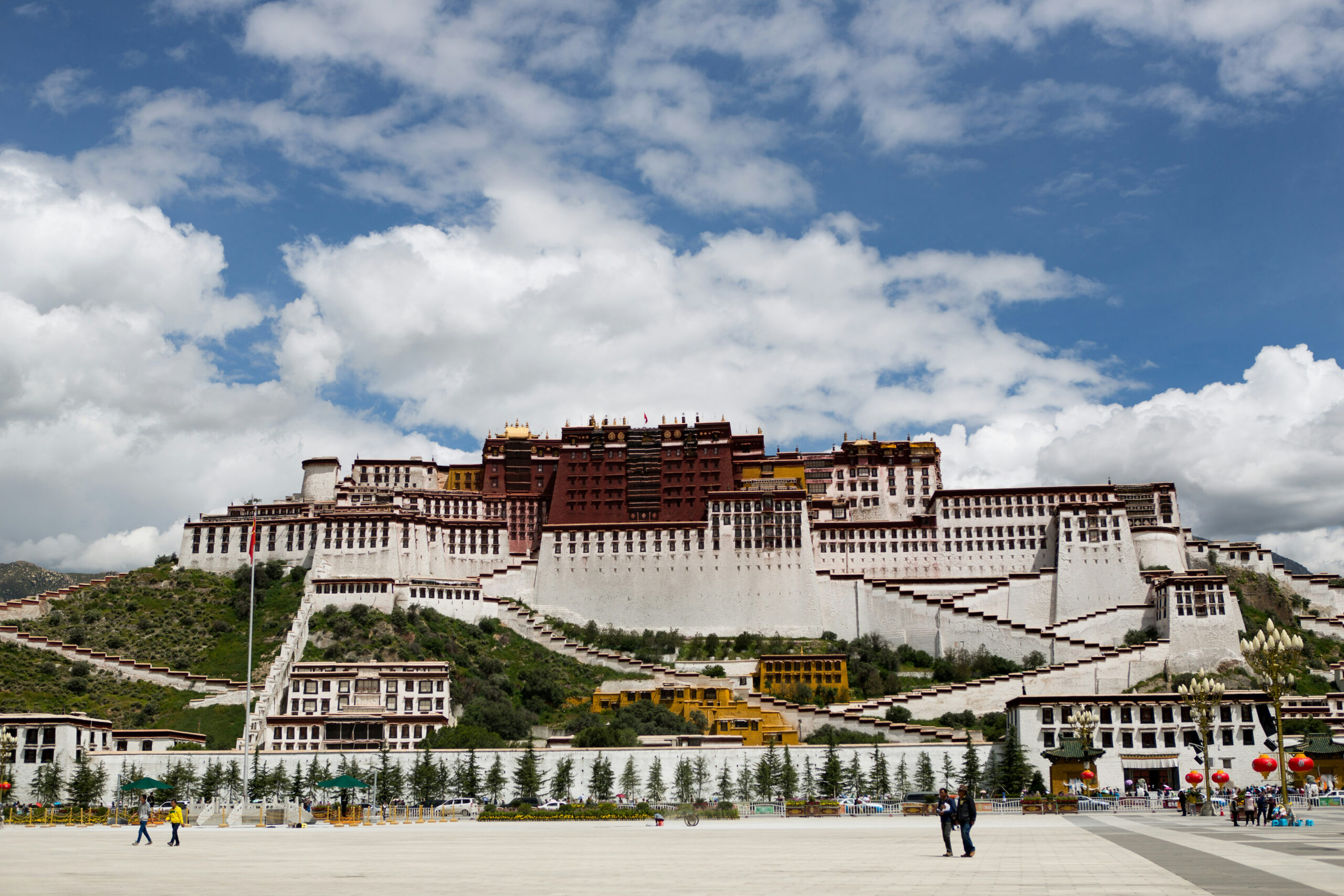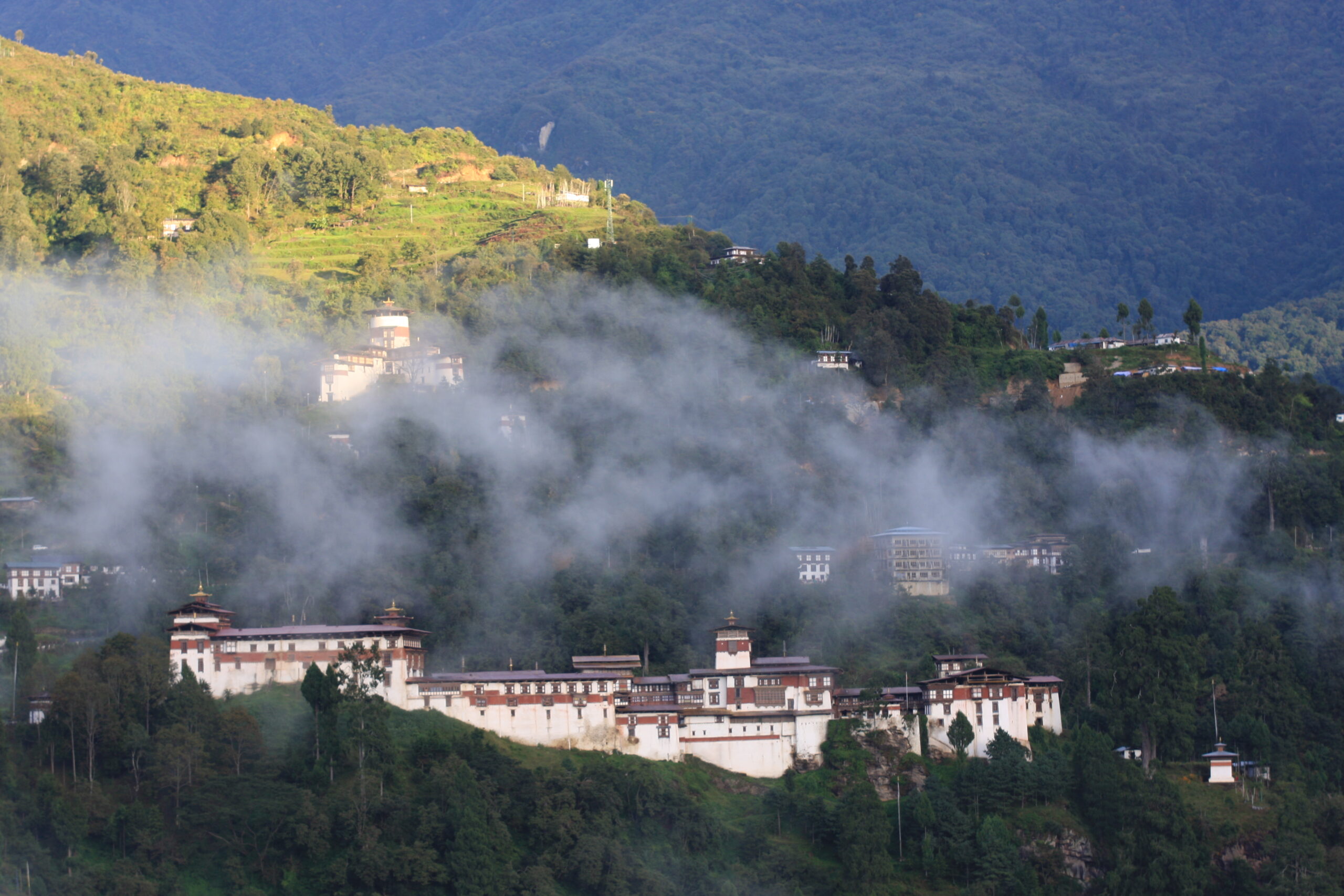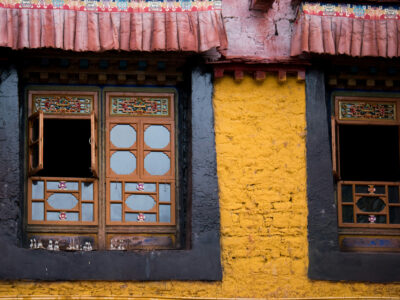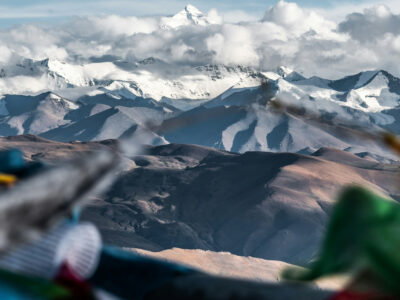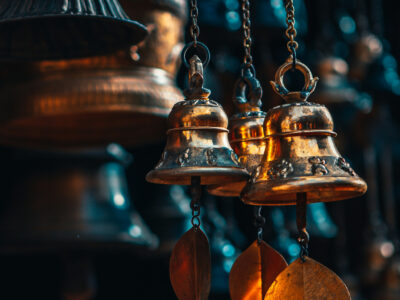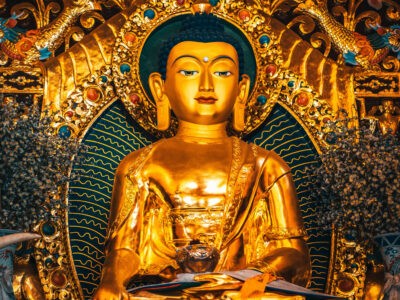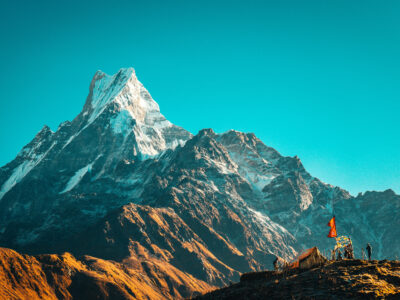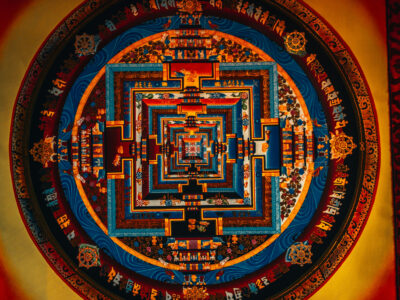At a Glance
Duration: 14 nights, 15 days
Group Size: Maximum up to 16 people
Tour Grading: Full Cultural and Nature Adventure
Activity: Hiking, Cultural Heritage, and Excursion
Sights:
Bhutan: Tiger’s Nest monastery, Punakha Dzong, Paro Dzong, Thimphu Centenary Market, Kuenselphordang, Painting School of Arts and Crafts, Textile Museum, National Museum, Madman Temple.
Tibet: Drepung Monastery, Jorkhang Temple, Potala Palace, Tradruk Temple, and Yambulhakhang Palace in Tsedang
Swyambunath Stupa, Durbar Square, Pashupati Temple, Boudhanath Stupa, Ancient City of Bhaktapur, Sarangkot Hill for sunrise and panoramic view.
Best Season: March, April, May, August, September, October, and November
Trip Route: TIBET-Lhasa, Tsedang. Nepal: Pokhara, Kathmandu. BHUTAN: Paro, Thimphu, and Punakha.
This tour introduces the three Himalayan nations of Tibet, Nepal, and Bhutan.
Tibet is often referred to as the Roof of the World; thus, travelers need mental and physical strength and patience. It is indeed one of the most beautiful places on earth. You all are going to enjoy its magnificence.
Nepal is known for its mixed traditions, culture, and sacred sites in the mighty Himalayas. It has been a melting pot of Hindu and Buddhist cultures, making it one of the must-visit places in the world known for meditation, yoga, astrology, and retreat. One can also enjoy the local market and meet diverse and earth-friendly people. You can explore the complexes of Buddhist and Hindu sites that are packed within the narrow streets of everyday life.
Then, the Kingdom of Bhutan made it one of the most beautiful destinations. It is one of the least visited nations on earth. Nature and religion merge to preserve Bhutan as the last Shangri-La. The blending of the ancient and modern makes it even more mesmerizing. Some explorers and visitors say Bhutan is the pearl of the Himalayas. For centuries, Bhutan stayed completely secluded from the rest of the world. They are well-educated, lively, and well-informed about the world around them.
Trip Highlights
TIBET
• Lhasa City, Jorkhang Temple, Barkhor Street
• The famous Potala Palace, Yambulhakang Palace
NEPAL
• Fewa Taal (lake), Pokhara, Gorkha Museum, Kathmandu, Patan Square, Bhaktapur, Dubar Square, Thamel, etc.
BHUTAN
• The only Capital in the world without traffic lights
• Bhutan Postal Museum, Evolution of Communication Systems in Bhutan
• Chimi Lhakhang, the temple of fertility
• Tiger’s Nest: an exhilarating task of 2 hours of climbing and another 1.5 hours of retrieving steps
Day 1: Arrival in Lhasa (Tibet)
Upon arrival at Lhasa airport, you are met by your local representative (guide) and drive to Lhasa City. Check in at the hotel and take a rest to cope with the effects of altitude sickness, which is quite normal.
Overnight in the hotel.
Day 2: Lhasa Sightseeing
Your sights today include Drepung Monastery, Jokhang Temple, and Barkhor Street, all deeply associated with Tibetan people, their religion, and their culture. Drepung Monastery, situated to the west of Lhasa city, was the largest and richest of the three major Yellow-Sect monasteries in Lhasa. From here, we will drive to the center of Old Lhasa to visit Jokhang Temple, which was originally built in 647 AD by the queen of King Songtsan Gampo, the Tang Princess Wen Cheng, hiring craftsmen from Tibet, China, and Nepal. The Barkhor, which means a pilgrim’s inner circuit, is situated in the heart of Lhasa and circles Jokhang Temple.
Overnight in the hotel.
Day 3 — Lhasa Sightseeing (continued)
Sightseeing in Lhasa (Continued)
Take a tour of Potala Palace, and in the afternoon, visit Sera Monastery and Norbulingka Palace. The world-famous Potala Palace of the Dalai Lama is located on “Red Hill," to the west of old Lhasa, and it dominates the Lhasa skyline. This architectural wonder of the world used to be the administrative and political center of Tibet, and even today, it draws the greatest fascination from visitors and pilgrims. From here, visit Norbulingkha, the summer palace of the Dalai Lama, which is situated 2.5 miles west of Potala Palace. In the afternoon, we visit Sera Monastery, the last of the three principal Yellow Sect monasteries to be built in Lhasa.
Overnight in the hotel.
Day 4: Tsedang
Lhasa to Tsedang
Leave Lhasa early in the morning for Tsedang, the gateway to the Yarlung Valley. En route, visit the ancient Samye Monastery, which is the first Buddhist monastery in Tibet. We retrace our drive and continue to Tsedang. Check into the hotel and take a rest for the rest of the day.
Overnight in the hotel.
Day 5: Tsedang Sightseeing
In the morning, we will visit Tradruk Temple and Yambulakhang Palace. Tradruk Temple lies about 4 miles south of central Tsedang and is one of the earliest Buddhist temples in Tibetan history. It is said that King Songtsan Gampo established the temple to suppress an evil ogress and allow his kingdom to prosper. Later, the temple became the winter palace of the king and Princess Wencheng in Tsedang. From here, we continue 4 miles farther south to Yambulhakang, which towers at the summit of Mt. Tashitseri on the east bank of the Yarlung River. This is the first palace as well as one of the earliest constructions in Tibet. From here, we have a bird's-eye view of the whole beautiful Yarlung Valley. In the afternoon, we visit Chongye Valley to see the tombs of ancient Tibetan kings.
Overnight in the hotel.
Day 6: Flight to Kathmandu (Nepal), Drive to Pokhara
Transfer to the airport for a flight to Kathmandu and connect the same-day flight to Pokhara. This is an hour-long flight that takes you right across the Himalayas, offering spectacular views of the vast Tibetan plateau as well as majestic Himalayan peaks. If you are lucky to have a seat on the right side, you will see Mount Everest if it’s not blanketed by clouds. The Kathmandu-Pokhara flight is about 30 minutes. Upon arrival in Pokhara, check in at the hotel and take some rest.
Overnight in the hotel.
Day 7: Pokhara
This morning we drive to Sarangkot, which is in the northern foothills of Annapurna, for sunrise over Annapurna, one of the best sunrise viewpoints in Nepal. Drive another 25 minutes further west to Deurali Resort, from where we can see two peaks of Machhapuchhre (fishtail).
We then walk very gently for about an hour along the Kaskikot ridge, through a small green area with some rhododendron trees, for the stunning view. After the hike, drive down to Pokhara Valley, where we visit the Gorkha Museum and Seti River George. After lunch, take a short drive to the Tibetan refugee camp and nearby holy cave.
Overnight in the hotel.
Day 8 — Flight to Kathmandu
Upon arrival at Kathmandu airport from Pokhara, transfer to your hotel for freshening up.
Later visits include the 2000-year-old Swayambhuanath Stupa, venerated by Hindus as well as Buddhists. The stupa is also known as the Monkey Temple because of the remarkable monkey population residing in the temple and its vicinity. At the end of the day, we visit Kathmandu Durbar Square, comprising the former Royal Palace of Nepal and Kumari Temple. Later, we walk through the narrow streets of Indra Chowk and Assan, the traditional business hub of Kathmandu, where you can get everything but anything.
During dinner time, the restaurant entertains its customers with Nepali folklore dances; it helps you get familiar with Nepali culture.
Overnight in the hotel.
Day 9 — Explore the Kathmandu City
Pashupatinath, with its triple-roofed temple, cremation ghats, and wandering sadhus (holy men), sits along the banks of the sacred Bagmati River. Pashupatinath is the holiest Hindu temple.
Entrance to the inner precincts of the temple is strictly for Hindus only. A short drive from Pashupatinath brings us to Boudhanath, also called Boudha, a 1,400-year-old stupa that attracts pilgrims from all places.
Boudha is Nepal’s largest stupa, featuring a huge white dome surrounded by 108 images of Buddha. Here, we see pilgrims circling the stupa to make Kora, or circumference, turning the stupa’s giant prayer wheels as they walk.
In the afternoon, we then drive about 9 miles northeast, which brings us to beautiful Bhaktapur City. It is the best preserved of the three medieval principalities in the Kathmandu Valley. We visit Durbar Square with its Golden Gates, the Palace of the 55 Windows, the Royal Bath, and several other temples with intricate woodcarving and fabulous stone works. Other notable monuments in Bhaktapur are the 5-story Nyatapola Temple, the only architecture that remains untouched by the earthquake of 1934; the Dutratraya Temple; and the Pujarimath complex with its peacock window at the eastern end of the city. All of the private houses in Bhaktapur have maintained their traditional look.
Overnight in the hotel.
Day 10: Flight to Paro, Drive toThimphu (Bhutan)
Welcome to Bhutan, the Land of the Thunder Dragon. Upon touching down at Paro International Airport, you will be greeted by your guide upon exiting the arrival hall. Drive to Thimphu, check in to the hotel, and let’s have our first taste of Bhutanese cuisine. National Memorial Chorten: Meet the elderly generation in circumambulation. Folk Heritage Museum: Dedicated to connecting people to the Bhutanese rural past through the exhibition of artifacts used in rural households. The Textile Museum witnesses the art of traditional weaving. Institute of Zorig Chusum Commonly known as the Painting School or the School of the Thirteen Arts, the Institute offers you a glimpse of novices learning 13 traditional arts and crafts of Bhutan. It is a hands-on trip for you. Enjoy a few moments with future artists from the country.
Overnight in the hotel.
Day 11 — Explore Thimphu (Cheri Goemba Hike)
After breakfast, we will drive towards the northern end of the valley for about 20 minutes to get started on an exciting walk to Cheri Goemba (monastery). This is a pleasant rural walk, gently up a valley through paddy fields and woodland via a Tibetan village.
In the late afternoon or evening, drive to the site of the Colorful Weekend Market, where people from all walks of life come to sell and buy their stuff. It is a place to get an experience of the Bhutanese lifestyle, tradition, and culture. (Note: Saturdays and Sundays are the days of the weekend market, but most people rush on Friday to buy fresh vegetables, fruits, and other goods that arrive earlier in the day from nearby districts and places.
Overnight in the hotel.
Day 12 — Punakha
Today, after breakfast, we will drive back to Punakha Valley (1220m). Punakha served as the capital of Bhutan until 1955, and today it is the winter residence of the Central Monk Body.
On the way, we will stop at Do Chula Pass (3150m) to see 108 Chortens, and if we are lucky, we will see the spine of the Himalayas. Keep an eye on Gangkar Puensum, which is the world’s highest unclimbed mountain.
With a lunch stopover at Messina, we will then visit the Mad Man’s Temple (Chimi Lhakhang), built in 1499 and located on the hillock in the center of the valley. It is dedicated to Lama Drukpa Kunley (1455–1529), who used humor, songs, and outrageous behavior to dramatize his teachings and hence was also known as “Divine Madman.”. It is widely believed that childless couples who pray at this temple are usually blessed with children.
In Punakha, we will drive along the Pho Chu River, then cross the suspension bridge, and after a short, pleasant walk, enter the historic 17th-century fortress “Punakha Dzong.”. It was built in 1637 by Zhabdrung Ngawang Namgyal and is connected to Bhutan’s historical traditions.
Overnight in the hotel.
Day 13 — Punakha Sightseeing
A soft 20-minute’ walk across terraced fields to the temple of Chimi Lhakhang (Madman’s Temple) through the village of Sopsokha. Ngawang Chogyel built the temple in the 15th century after the ’Divine Madman’ Drukpa Kuenlay built a small chorten there.
Passing Wangdue (left), one of the major towns and district capitals of Western Bhutan. Located south of Punakha, Wangdue is the last town before central Bhutan. The district is famous for its fine bamboo work and its slate and stone carving.
We will pause to view the Wangdue Dzong, built in 1638. Wangdue Dzong is dramatically perched on the spur of a hill and overlooks the confluence of the Tsang Chu and Dang Chu rivers.
Overnight in the hotel.
Day 14 — Paro
A morning drive north of Paro Valley brings us to the ruins of Drukgyal Dzong, built in 1647 by the great Zhabdrung Ngawang Namgyal, father and unifier of medieval Bhutan. The Dzong was destroyed by an accidental fire and left in ruins as an evocative reminder of the great victories it was built to commemorate. Explore the ramparts and relive the memories of a glorious past.
Built as a watchtower, the Ta Dzong was converted into the National Museum in 1968. The museum boasts antique Thangka, textiles, weapons and armor, household objects, and a rich assortment of natural and historic artifacts.
Paro, the beautiful valley, is home to many of Bhutan’s old monasteries and temples. The country’s only airport is in Paro. The valley is also home to Mount Jumolhari (7,314 meters), situated at the northern end of the valley, whose glacier water forms the Pachu, flowing through the valley. The following are some of the prominent places to visit while in Paro.
Overnight in the hotel.
Day 15 — Paro (Tiger's Nest Excursion)
Tiger’s Nest
No journey to Bhutan is complete without a visit to Takstang Monastery, and ours is no different! Taktsang Monastery (also called Tiger’s Nest) is situated on a nearly vertical cliff at 3000m altitudes north of Paro in Bhutan. Situated on the edge of a 1,200-meter cliff, this monastery creates an impressive sight and is the unofficial symbol of Bhutan. Taktsang was established as a sacred place for meditation by Guru Rinpoche, who visited the site on his second visit to Bhutan in 747 CE. It is also known as “Tiger’s Nest” because Guru Rimpoche is said to have flown on the back of a tigress in the 8th century. He then meditated in a cave here for three months, where the monastery was later built. The cave is said to be the origin of Buddhism in Bhutan. The first monastery was constructed in 1694, but in 1998, a tragic fire destroyed most of the original buildings, which have since been painstakingly restored to their former glory. After visiting the monastery, have lunch at the cafeteria and return downhill to Paro for the remaining tour or stroll around the town.
Overnight in the hotel.
Day 16 — Departure (Exit)
Departure transfer to the airport in time for your flight.


